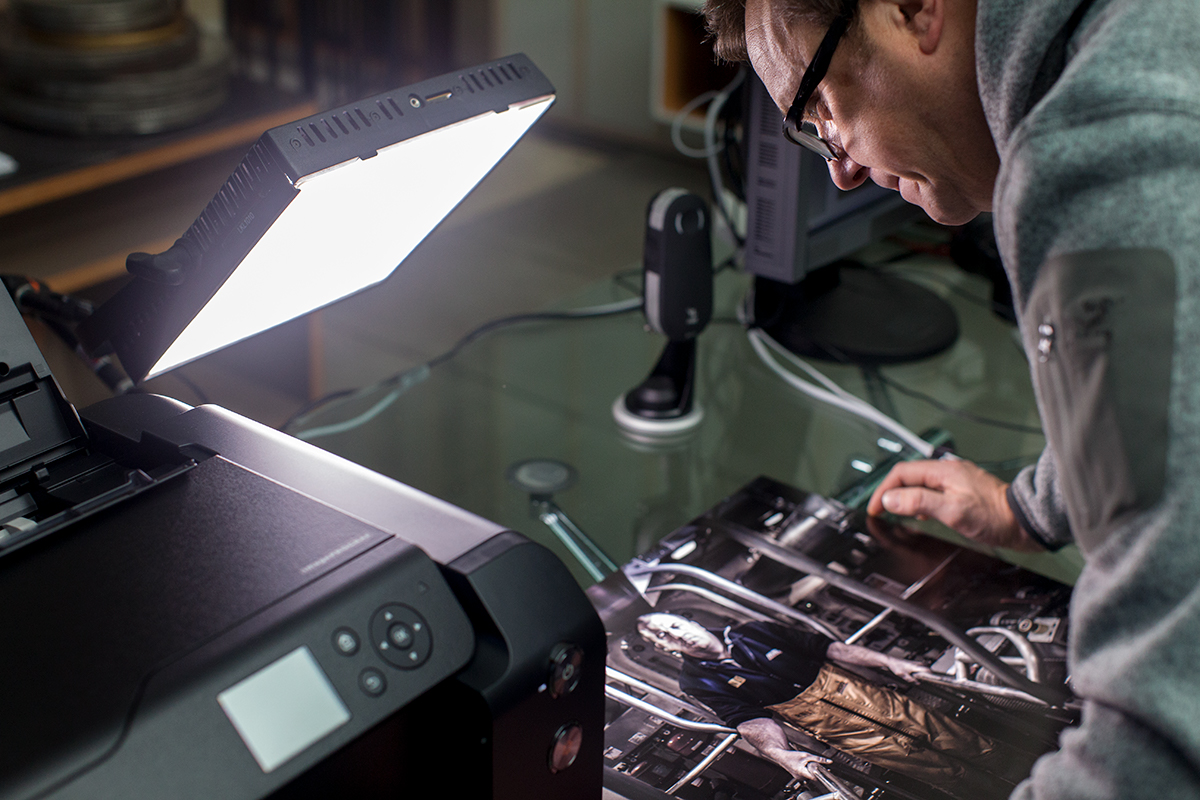16-bit colour processing
If you’ve ever dabbled with photo editing software or tinkered with printer drivers, you have probably come across 16-bit colour processing. It sounds advanced and some would say that more bits must equal better quality, right?
What is 16-bit colour processing?
As we all know, digital data is made of ones and zeros and colours (like anything else) are described in a series of ones and zeros. The conventional JPEG photo will use 8-bit colour, meaning that each colour is referenced using a series of eight ones and zeros describing each channel (Red, Green and Blue). If you do the math this means that 8-bit colour processing is capable of describing 16.7 million colours which sounds like a lot. 16-bit, on the other hand, uses a series of 16 ones and zeros to describe each channel leaving you with 281 trillion colours.
To the untrained eye, the difference is not noticeable and it might even take a seasoned professional time to notice that an image is not 16-bit. The crux of the matter comes when you start editing the image, and even more when printing. Additional colour depth provided by 16-bit colour processing will allow for much smoother gradation, especially in areas where there is a light-to-shadow transition in your photographs.
Should I use it?
A 16-bit image processed in a 16-bit environment on your image editing software will trump an 8-bit file any day, however, there are a few points one must consider.
16-bit images are large!
This is a no-brainer. Files are twice as large and with larger file size come a number of serious disadvantages. First off, it will make the editing process slower, especially if you are still holding off on that computer upgrade you should have done a year ago. Secondly, as any photographer knows, storage can be a pain. After years of shooting pictures you end up with thousands of photos and no will to delete any of them, and, if that was not bad enough this makes your images twice the normal size.
Don’t change horses mid-stream.
If you are an avid JPEG shooter, and many are, you have to accept the fact that you shot your pictures in 8-bit. This one is quite tricky as image editing software will allow you to change your 8-bit into a 16-bit image. While that might sound like manna from heaven, it surely is not. When converting your image from 8-bit to 16-bit your software will run a very complex algorithm which makes estimations using the data in the image and creates additional data points. This usually results in colour shifts (especially in grey areas) due to rounding errors which are bound to occur.
Use a proper printer driver.
If you are a Windows user, your computer is programmed to send data to printers in 8-bit. Printer manufacturers have thought of this though and created XPS printer drivers which can send data to a printer in 16-bit. Using a regular printing driver will convert your data into 8-bit and while this is not as disastrous as converting from 8-bit to 16-bit but it is still not the ideal scenario.
In conclusion
If you do not currently use a 16-bit workflow, this will allow you to reach much higher levels of colour fidelity and will take your images to the next level. Just shoot your images in RAW and keep these points in mind!
It also helps to have a printer which can interpret a wide colour gamut as this would be your last remaining bottleneck. A printer with a larger number of ink colours will help in this regard, Canon’s imagePROGRAF PRO series are definitely worth having a look at standing tall at 12 colours.

